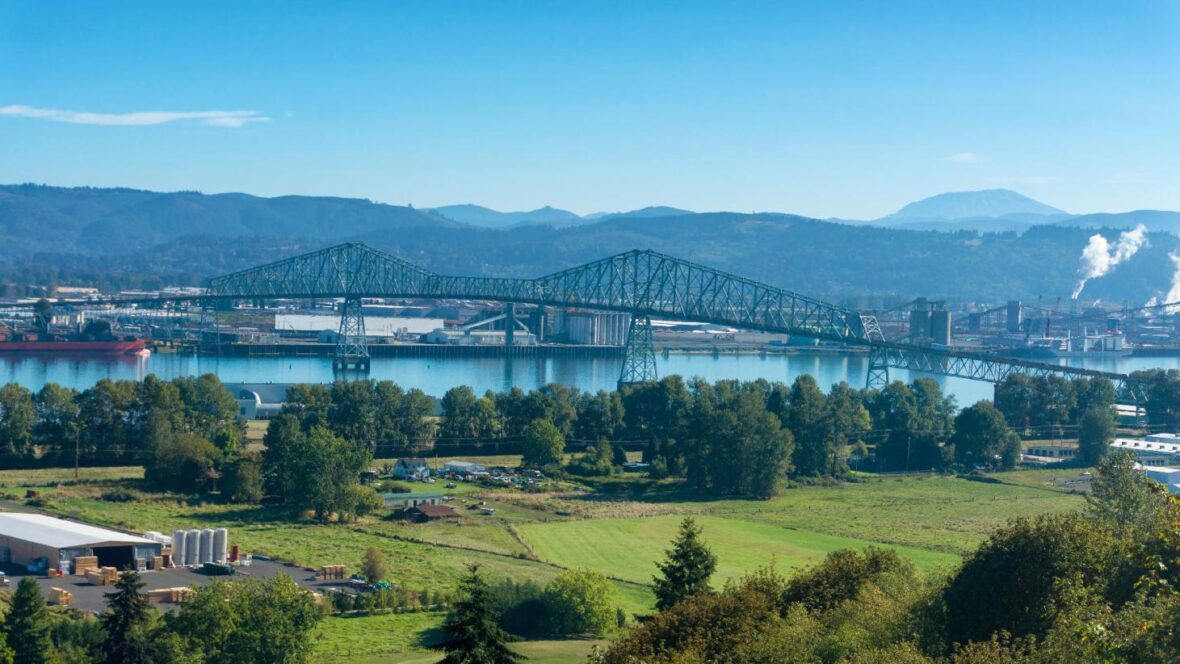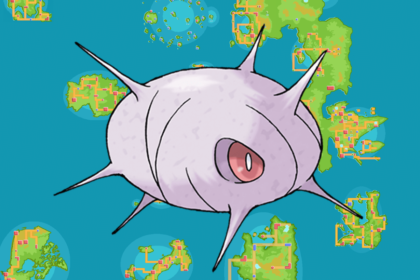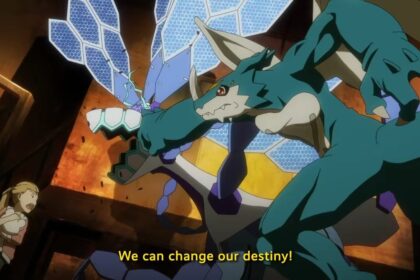Longview is a city in Cowlitz County, Washington, United States. It is the principal city of the Longview, Washington Metropolitan Statistical Area, which encompasses all of Cowlitz County. Take a look below for 25 awesome and interesting facts about Longview, Washington, United States.
1. Longview’s population was 36,648 at the time of the 2010 census, making it the largest city in Cowlitz County.
2. The city is located in southwestern Washington, at the junction of the Cowlitz and Columbia rivers.
3. Longview shares a border with Kelso to the east, which is the county seat.
4. The Cowlitz Indian Tribe, a federally recognized tribe of Cowlitz people, is headquartered in Longview.
5. The Long-Bell Lumber Company, led by Robert A. Long, decided to buy a great expanse of timberland in Cowlitz County in 1918. A total of 14,000 workers were needed to run the two large mills as well as lumber camps that were planned.
6. The number of workers needed was more than a lumber town, or the nearest town, could provide.
7. Long planned and built a complete city in 1921 that could support a population of up to 50,000 and provide labor for the mills as well as attracting other industries. Several buildings in the city were built from Long’s private funds.
8. Longview was the location of Mount Coffin, an ancestral burial ground for the local indigenous people.
9. The first Euro-American settlers were led by Harry and Rebecca Jane Huntington, in 1849. The area was named Monticello in honor of Thomas Jefferson’s home in Virginia. In 1852 a group assembled in what would be called the “Monticello Convention” to petition Congress for statehood to be called “Columbia”.
10. Congress agreed to statehood but as Washington, after President Washington, to avoid confusion with the District of Columbia.
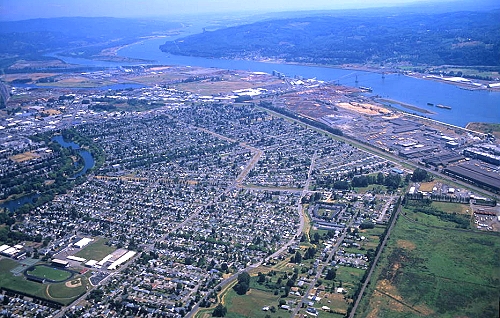
11. A monument to the convention is located near the Longview Civic Center.
12. From 1854 to 1865 the town of Monticello was the seat of Cowlitz County, before being destroyed by the flooding of the Cowlitz River in December 1867.
13. In 1865 Nathaniel Stone founded the town of Freeport (a mile upriver from Monticello) which became the seat of Cowlitz County until 1872. The area of the towns of Monticello and Freeport is now part of the city of Longview.
14. The area remained sparsely populated for nearly 60 years, consisting mostly of farmland and wilderness.
15. In 1918, Missouri timber baron Robert A. Long (1850–1934) decided to move his operation out to the west coast, owing to the Long-Bell Lumber Company’s dwindling supplies in the south. By 1921, Wesley Vandercook had decided to build a mill near the small town of Kelso, Washington. It was apparent that Kelso, with a population of barely 2,000, would not be able to support the approximately 14,000 men that would be required to run the mill.
16. The Long-Bell company contracted with George Kessler, a city planner based in St. Louis, to build the city that would support the two mills that were now planned.
17. Kessler designed a masterpiece based on the nation’s capital, with elements of Roman City planning. Its theme is rooted in the City Beautiful movement, which influenced urban design in the early 20th century. Longview was officially incorporated on February 14, 1924.
18. At the time of its conception, Longview was the only planned city of its magnitude to have ever been conceived of and built entirely with private funds. A number of prominent buildings in Longview were purchased with R. A. Long’s personal funds, including R. A. Long High School, the Longview Public Library, the YMCA building and the Monticello Hotel.
19. The initial growth period, lasting from 1923 to 1934, was very rapid. The city grew from a few thousand people to being the fourth largest city in the state by the 1930s. However, the effects of the Great Depression hampered further development of the planned city until the booming World War II economy, when the Port of Longview became a strategic location for loading cargo going into the Pacific Theater.
20. Suburban developments created neighborhoods in the western valley in the 1960s. The local economy has been in decline since environmental policies took effect in the 1970s and 1980s, causing the decline of the community. No major development occurred until a brief boom in the early 2000s, ended by the recession of the late 2000s.
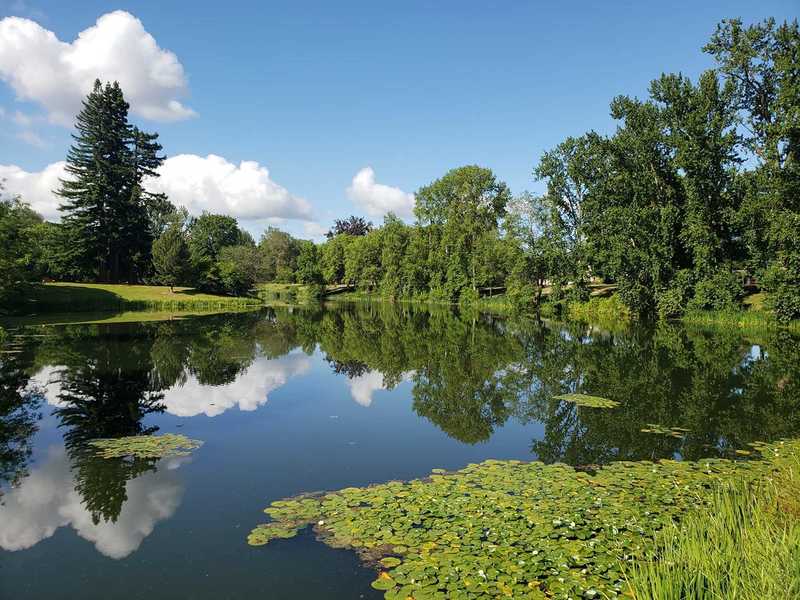
21. Recently, an initiative from local activists has pushed to implement a new strategic plan to increase development in the city, in an effort to expand affordable housing.
22. According to the United States Census Bureau, the city has a total area of 14.79 square miles (38.31 km2), of which 14.49 square miles (37.53 km2) is land and 0.30 square miles (0.78 km2) is water.
23. The Lewis and Clark Bridge spans the Columbia River, linking Longview to Rainier, Oregon. It is the only bridge spanning the river between Portland and Astoria, Oregon.
24. The Port of Longview, established in 1921, has eight marine terminals handling a wide range of cargo from windmills, pencil pitch, calcined coke, pulp bales, lumber, grain, logs and steel. The Port is 66 miles (106 km) from the Pacific Ocean.
25. Longview is home to the Nutty Narrows Bridge built in 1963 by Amos Peters. For many years, it was the only bridge in the world designed and built strictly for squirrels. The bridge was built in 1963 and its purpose was to avoid squirrel casualties on the busy streets beneath.

